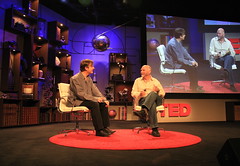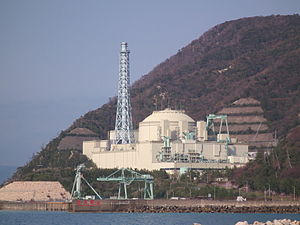Save our iconic Pohutaka tree - a Taita icon in danger of destruction by the chainsaws of the Hosanna Church
Save our Pohutakawa tree - a Taita icon in danger of destruction by the chainsaws of the Hosanna Church...
The following was sent today as a letter to the local newspaper, The Hutt News, in Lower Hutt, Wellington, New Zealand.
Last weekend a group of current and former Taita residents and identities met in High Street, Taita, to discuss and protest at the proposed destruction of the 150 year old iconic Pohutakawa tree which was planted long before there was a suburb called Taita; long before the old Taita Hotel itself was constructed in 1890. There was only farmland and later market gardens in this district. High Street, one of the main arterial routes through the City of Lower Hutt for many decades was just a horse track through which the stage coach from Wellington passed through on its way to the Wairarapa. They changed horses just up the road from the site of the former Taita Hotel, now the Hosanna Church, at the original Taita hotel which later burned down.
The new owners of the Taita hotel site, purchased some years ago by the very last of the hoteliers, Ricky Briant and Huia Gordon, are in the process of redevelopment work on the site. The new owners have in the words of some Taita residents, arrogantly and ignorantly disregarded the feelings, sentiments and sense of history of the area and residents. Taita is the original name for the area which includes Taita North ( including the community of Pomare and the industrial area of Wingate) Taita South, Avalon and Naenae. This explains why the cemetery in Naenae is called the Taita Cemetery. Avalon Park is the site of the old Taita speedway. But once the Avalon area was subdivided the owners of the new houses there did not want to be associated with those state house tenants in the north. They were described in the Hutt News a few years ago by one well known Taita identity, as a "bunch of snobs". Words he still sticks to!
Technically under New Zealand law, the Hosanna Church owns the Pohutakawa tree because it is on the site; but morally nobody owns such an iconic tree that precedes the Taita borough and suburb of Lower Hutt City. This tree was played on by children waiting for their parents, and used in a variety of ways over the years. The tree has also been hacked around and defaced by contractors in recent years. A story in the Taita Times mentioned how the tree was used as an early post office - people used to leave and collect letters in a box nailed to the tree. No stamp being necessary those days.
We were told at Sunday's meeting that there had been no support from the Hutt City Council or interest from the media. I hope this addresses that problem. The local Labour MP has allegedly only taken interest in the tree protest when he found out that a National candidate had pledged support. We hope there will be some real cross-party support from our politicians and potential candidates at this year's local body elections. Come on over for a talk Mayor David Ogden.
This tree has mana, and is a symbol of generations past. While the busy working class suburb has fallen on hard economic times since the unfortunate 1980/90's, many people remember that in the early days of the suburb it housed returned servicemen and their families. While it has changed over the years and now houses the economically disadvantaged as well as the working class, the spirit of Taita still burns brightly in the hearts of those who have, and still call Taita home. I'm mainland born from Christchurch and Canterbury, but Taita has been my home and suburb since 1972.
Imagine if you can, the late Sir Walter Nash, former prime minister of New Zealand, stopping under the shade of what was then a much larger and widespread Pohutakawa tree during his campaigning in Lower Hutt. The old gentleman would turn in his grave if he found out the Taita tree was under attack from Christians armed with chainsaws. Sir Walter was a devout church going Christian from the old school; those from the Hosanna church would undoubtably learn much from him, regarding Christian charity and regard for the feelings of their neighbours. They could simply read their bible and find an appropriate story there. The future is in their hands. I sincerely hope that they will initiate some dialogue with those who want the tree saved.
Labels: Labour, Lower Hutt, Lower Hutt City, Naenae, New Zealand, New Zealand Prime Minister, Taita, Wellington, Working class

![Reblog this post [with Zemanta]](http://img.zemanta.com/reblog_e.png?x-id=8fa06c0f-c209-4d7b-a21c-061e738705d7)

![Reblog this post [with Zemanta]](http://img.zemanta.com/reblog_e.png?x-id=8fa1b5f5-93dc-4273-9e7e-1bf0bd362f44)


![Reblog this post [with Zemanta]](http://img.zemanta.com/reblog_e.png?x-id=cc6a020a-e988-4cd3-aff6-c623c914da9d)

![Reblog this post [with Zemanta]](http://img.zemanta.com/reblog_e.png?x-id=3614192a-1996-4aa2-b403-c30503dc77b4)

![Reblog this post [with Zemanta]](http://img.zemanta.com/reblog_e.png?x-id=cb87a1ad-b2b6-44f9-a4f5-3f9d92831bcc)

![Reblog this post [with Zemanta]](http://img.zemanta.com/reblog_e.png?x-id=e53035f9-3ce8-43b6-b5dd-639f9f486635)
